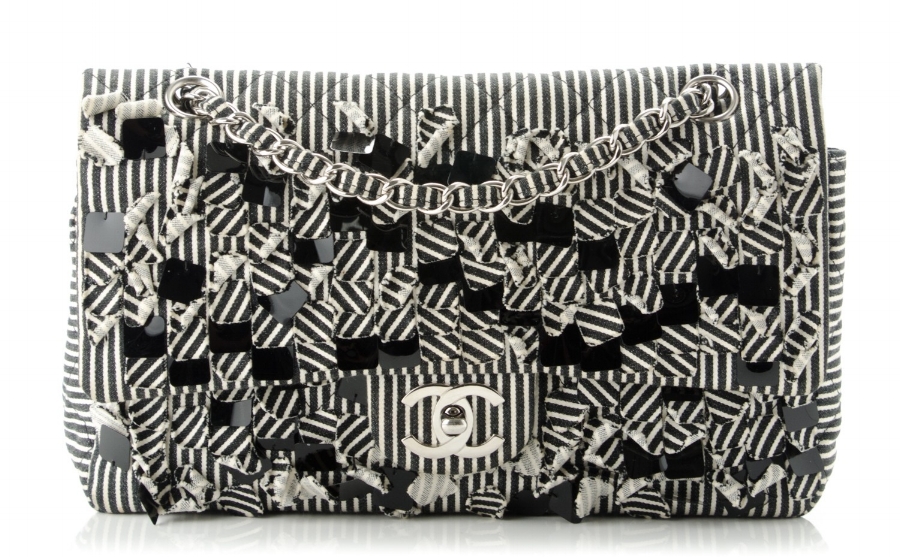
In the mid-1970’s, a group of famed European luxury brands decided to tap into the resurgent globalization of the post-World War I and World War II economy to grow significantly beyond the pool of their existing customers. In order to do so, they implemented a new marketing strategy, one that aimed to allow them to expand their consumer base but also enable them to remain firmly within the luxury sector. That strategy – or the Luxury Strategy – consists of (among other things), 24 “anti-laws” by which all luxury brands should abide, according to the strategy’s creator (and also the former CEO of Louis Vuitton), Vincent Bastien, to maintain this delicate balance.
The tenets of the Luxury Strategy dictate that “true luxury brands” do not compete with each other, as each luxury brand’s selling proposition is inherently unique. They also do not “pander to customers’ wishes,” respond to rising demand, rely on celebrities to do their advertising for them, let price be the defining feature of luxury, relocate their factories, openly sell online, and so on.
Other sources have put forth additional – and oftentimes complentary – elements that may be used to form a definition of “luxury.” As the late Vogue Italian editor-in-chief Franca Sozzani put it in 2011, “Craftsmanship is luxury. A product is luxe when it is handmade, tailored for few. Luxury meaning exclusiveness.” Pamela N. Danziger echoed this in her book, “Putting the Luxe Back in Luxury: How New Consumer Values are Redefining the Way We Market Luxury,” stating that “Superior performance, craftsmanship, exclusivity, innovation, heritage, unique design aesthetic, and creative expression” are some of the core qualities of a luxury house.
As reporter-turned-VC Om Malik put it just this week, “Mass produced, average products worn/consumed by millions aren’t luxury.” And still yet, Dan Herman, Ph.D., stated in his 2006 article, “The Eternal Principles for Creating Luxury Brands,” luxury goods in the most traditional sense “are not designed and planned according to consumer tastes and expectations.” Instead, he noted, “A luxury brand sets its own standards and does not adhere to fashions.”
This is, of course, a distinction, according to Bastien, who situates “fashion” brands in a separate category as “luxury” ones even if the luxury brands are operating within the sphere of garments and accessories. The former is dependent on season-specific offerings and is not in the business of heritage (and even if such a brand is attempting to emulate heritage storytelling, it is rarely able to back this up with superior craftsmanship, timelessness, and/or a model of scarcity). Fashion brands sell by being fashionable.
In theory, the modern-day utilization (or more accurately, the lack of utilization) of these tactics by brands may enable us to gauge where, exactly, brands that have traditionally been categorized as luxury ones (i.e., the Louis Vuitton’s, Gucci’s, Chanel’s, of the world) stand in 2018, in comparison to say, Hermès or potentially, Goyard.
Interestingly, but unsurprisingly, many of the fashion industry’s “luxury” stalwarts – many of which originated as luxury brands – no longer fit neatly within this larger set of definitions, for any number of reasons, ranging from their attempts to meet consumer demand (by upping production) and their obvious desires to pander to consumers’ trend-specific or seasonal whims; the penchant for streetwear-centric collections immediately comes to mind.
It appears that as consumers have made demands of brands, many stalwart luxury participants have altered their way of doing things in order to be meet those demands and operate in the way that is most profitable. As Marketing Week’s Lucy Tesseras stated in an article in 2015, “As wealth is redistributed and the number of luxury consumers rises brands must adapt to meet changing consumer behavior.” It seems that this is exactly what brands have done, particularly publicly-held ones that have shareholders to answer to when it comes to revenue and growth.
With that in mind, the question is this: Since so few of the brands that have been traditionally characterized as luxury brands still fall within the bounds of the term, are we to adapt our definition of luxury? At least some would argue, yes, with the rationale being this: The world is changing and luxury brands must adapt, and with it, the definition stands to evolve.
It seems that brands are doing just that. We can see this clearly in a shift that is underway, one in which it is not brands that dictate what is “luxury,” but it is, instead, the buyer. This, of course, coincides with the widespread notion of the consumer being boss, which is particularly relevant in the digital age when consumers have seemingly endless purchasing options. (As Matches Fashion co-founder Ruth Chapman told the FT last year, fashion “used to be driven by the designers and the houses … whereas now you’re driven by the customer and what they want.”)
As Louis Vuitton’s newly-appointed menswear artistic director Virgil Abloh stated in a discussion with Vogue last year, “If you covet it, it’s luxurious to you. For a 17-year old kid, that Supreme t-shirt is their Louis Vuitton. It doesn’t matter if its $30.”
This phenomenon of consumers determining what is “luxury” often results in a category of consumer goods that falls somewhere outside of the traditional definition of luxury. But then again, so are the operations of corporate giants that are – as fashion and culture journalist Dana Thomas so aptly put it in an Op-Ed for the New York Times in 2007 – saturating the market on a global scale with “low-cost, high-profit items wrapped in logos.”
Left standing in the arena of true luxury? Not many, Hermès certainly might be one.











